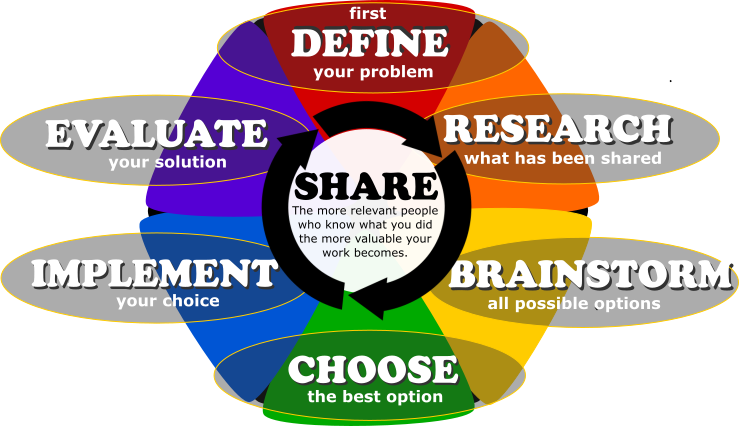Day 04 - Spreadsheet Calculations
Yesterday we moved our data over to a Google Sheet, ranked the priority of our BOB resources, and began determining how much volume each item requires in our bag. To do that, you should start by searching for the item on Amazon and then scrolling down to the object's description. Many times, Amazon will list the physical dimensions of the object right there - often in inches. Instead of manually tapping those values into a calculator each time, let's add three columns to our Google Sheet and input a formula into column C to get Google to automatically calculate the volume.
To achieve this, in cell C2 (second row down, third column over), type in the equals symbol. That tells Google Sheets that you plan on typing in a formula. After you enter the equals symbol, click once on cell D2, tap the * key, then click once on cell D3, tap the * key, then click once on cell E3, then tap the enter key. You'll need to define the headers for each of those columns: length (in), width (in), and height (in). Now when you type in the three linear measurements, Google Sheets will calculate the volume (in cubic inches) and put it into column C, where it belongs.
Now it is time to go back to our definition of the problem. If you will recall, the scenario required you being able to carry everything in the BOB and that the BOB itself had to fit into a school locker. Those lockers are roughly 12 inches wide and 15 inches deep and 33 inches tall. What is the cubic volume of each locker? Your team now needs to switch back to researching and find a sturdy bag online whose volume is equal to or less than the volume of the locker. Many bags for sale will have their total capacity stated as part of the marketing materials. Ensure that you convert all values to cubic inches before comparing.
At this point, you're ready to choose what belongs in your bag. Do not overstuff your bag, or it won't fit and the zombies will get you. If something counts as an Every Day Carry (EDC) item like a pocket flashlight or a bracelet made from paracord, you can give it a bag volume of 0 cubic inches, but add a new column telling me which member of your team is physically carrying the object. Keep in mind that this is something that student would have to have on his or her body all day, every day, because it will not be in your BOB locker or your BOB bag, and you only get the one bag and you will only have time to send the fastest member of your team to that locker before fleeing the building. (In EDP terms, these are constraints on your solution.)
In your team ZA doc, make a list of your initial prototype, including all volume calculations and their total, proving that everything will fit in the bag and that the bag will fit into the locker.
If you still have time remaining, use it to run your prototype through a second iteration, making sure to check out other team solutions during your second research phase.
